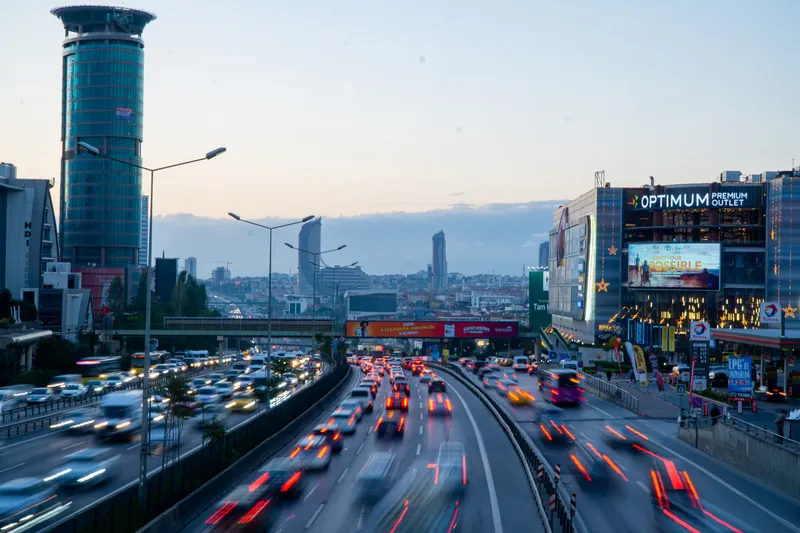Abu Dhabi Municipality (ADM) and Orange Business Services are rolling out a smart cities virtualisation app in the United Arab Emirates (UAE).
By Ben Spencer
March 9, 2020
Read time: 1 min

Orange – part of the global telecoms group – says the IoT cockpit app will allow the municipality to see whether public transport and street lighting are working correctly.
Rayan Mohammad Almohaisen, IT project manager at ADM, says: “Orange Business Services is supporting ADM’s plans to deliver a range of projects and initiatives across Abu Dhabi, from public parks to public infrastructure.”
The deal also supports the municipality’s five-year smart cities plan to improve the quality of life for people living in the region.
IoT cockpit was showcased at the World Urban Forum, a conference organised by Abu Dhabi and UN-Habitat which focuses on cities and human settlements.










